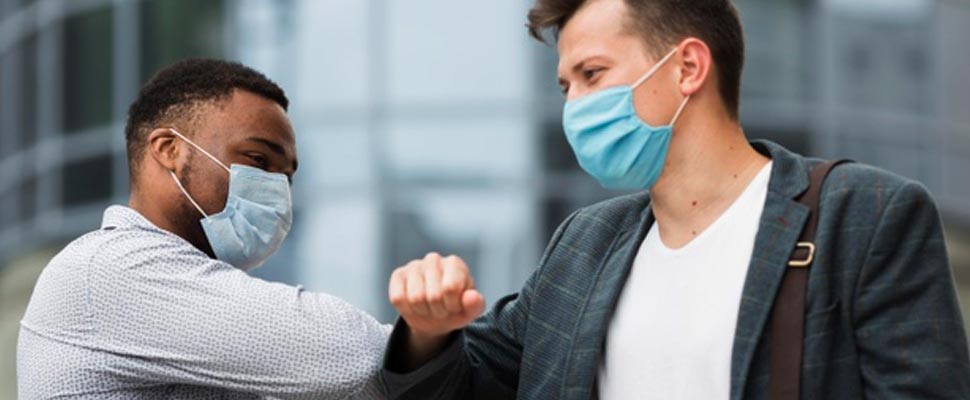What do we know about the coronavirus in the first year of the pandemic
More than twelve months have passed since the WHO declared a worldwide pandemic. Today science knows more about Covid-19 and how it affects humans.

The work of the scientific community in recent months already gives us some important results that we will comment on below. Photo: Freepik
LatinAmerican Post | Brandon Martínez Salazar
Escucha este artículo
Leer en español: Lo que se sabe del coronavirus en el primer año de pandemia
The first time SARS-COV-2 was identified was in December 2019 in the city of Wuhan, China . This event marked the lives of billions of inhabitants around the world and was an immediate challenge for scientists because humans were facing a new virus without knowing its long-term scope. Although coronaviruses have already been studied previously, Covid-19 leaves a precedent with approaches that are still not entirely clear . However, the work of the scientific community in recent months already gives us some important results that we will comment on below.
Highly contagious
The form of transmission of the coronavirus is through the droplets of water that we expel when coughing, sneezing, talking or singing. The easiest way to spread it is from person to person at a minimum distance of two meters . However, we have found that transmission also occurs when virus particles are suspended in the air, especially in closed and poorly ventilated places, or when we touch infected surfaces and then put our hands to our faces.
The coronavirus can enter our body through the mouth, nose or eyes , just the places where the droplets expelled by someone infected make contact.
We are all vulnerable to Covid-19
No one is safe from the virus unless they have immunity either because they overcame the disease or were vaccinated. The virus attacks any age, gender, race, etc. The difference that exists between those infected is that some are symptomatic and others asymptomatic; In addition, some factors have a greater influence on its severity, such as advanced age and existing comorbidities . However, the chances of death are very low if they are not found among the risk groups.
Also read: The coronavirus could have originated in an exotic animal farm
The most common symptoms are: fever, cough, shortness of breath and severe headaches . Others less common are: loss of smell and taste, sore throat, nasal congestion, vomiting and diarrhea .
The incubation time of the virus is from day 2 after being exposed to the virus until day 14. But the average of the symptoms occurs on day 6 or 7 .
Children can get very sick too
According to the American Academy of Pediatrics, severe cases have occurred in children under one year of age. This is because some go on to develop Multisystemic Inflammatory Syndrome weeks after the coronavirus infection. The doctors warn that this requires immediate medical attention and advises parents to be vigilant if their children show the following symptoms:
- Irritability
- Abdominal pain
- Diarrhea
- Vomit
- Rash
- Red eyes
- Swollen glands in the neck area
- Red tongue
- Swollen hands or feet
Yes there is reinfection by Covid-19
At the beginning, there was no clear evidence about the possible reinfection by Covid-19, since the cases due to this particularity were infinitely strange. Although today it is still rare for someone to contract the disease again, it is possible that it occurs months after they have recovered from the initial infection .
However, new variants of the virus are highly associated with existing reinfections. So it is strictly essential that, once the disease is over, the person continues to respect biosecurity measures, since it is still unknown how long immunity really lasts .
So far it is known that 95% of people who already had coronavirus have immunity for at least eight months , but this is still under study.
Vaccine and biosafety protocols are the key
Humanity must remain vigilant in continuing with biosafety protocols such as the use of masks and hand washing hands while vaccination days are taking place around the world. Currently there are different vaccines with high efficacy that have been approved as:
- Pzifer BioNTech 95%
- Modern 94%
- Spunik V 91.6%
- Novavax 95.6%
- Sinopharm 79.3%
- AstraZeneca 70%
- Johnson & Johnson 66%
- Sinovac 49.6%
Therefore, the end of the pandemic is in the hands of the vaccines that have been developed in less than a year, an historical milestone in the scientific community on the use of technological resources to advance in an antidote as soon as possible.




